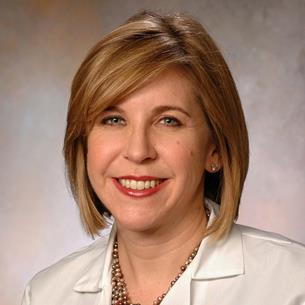Meeting
2017 ASCO Annual Meeting

The University of Chicago, Chicago, IL
Tara O. Henderson , Paul C. Nathan , John Whitton , Wendy M. Leisenring , Joseph Philip Neglia , Brynn Fowler , Michael A. Arnold , Rebecca M. Howell , Leslie L. Robison , Gregory T. Armstrong , Kenneth Alexander
Background: It is not known whether childhood cancer survivors (CCS) develop human papillomavirus (HPV)-associated malignancies more frequently than the general population. Methods: We assessed the cumulative incidence of SMN in sites typically associated with HPV (HPV-SMN) and evaluated standardized incidence ratios (SIR) and absolute excess risks (AER) using age-, sex- and calendar-year specific rates from the Surveillance, Epidemiology and End Results (SEER) program. Multivariate Cox regression models identified associations between key risk factors and HPV-SMN development. Results: Among 27,620 CCS, 36 developed an HPV-SMN at a median age of 27 years (range: 8-42) and a median of 15 years (range: 5-29) after their primary cancer. The 30-year cumulative incidence of an HPV-SMN was 0.20% (95% confidence interval [CI]: 0.13%-0.28%). HPV-SMN locations included oral cavity/pharynx (N = 26, 72%), rectum (N = 4, 11%), cervix/uteri (N = 3, 8%), and vulva (N = 3, 8%). The incidence of HPV-SMN was almost 3-fold higher among CCS than the general population (SIR = 2.8, 95% CI 2.0-4.1) with an AER of 6.0/100,000 person-years. Rates were elevated in those exposed (SIR = 3.3, CI 2.1-5.2) and not exposed to radiotherapy (RT; SIR = 2.6, CI 1.4-4.8). Risk of oral cavity/pharynx SMN was elevated in both those exposed (SIR = 7.3, CI 3.9-13.6) and not exposed (SIR = 4.2, CI 2.2-8.1) to head or neck RT, whereas, risk in GU locations was elevated in those exposed (SIR = 4.1, CI 1.9-9.2) but not in those not exposed to pelvic RT (SIR = 0.8, CI 0.3-2.1). Male sex (HR = 2.9, CI 1.3-6.1), exposure to head/neck/pelvic RT (HR = 2.6, CI 1.2-6.1), and platinum chemotherapy (HR = 6.1, CI: 2.6-13.9) increased the risk. Among 15 deceased HPV-SMN cases, 10 (67%) died of their HPV-SMN. Conclusions: While the overall incidence is low, CCS are at increased risk of developing malignancies in locations commonly associated with HPV infection in the general population. Further research examining the role of HPV in the etiology of these SMNs is warranted. As HPV-SMNs are potentially preventable, promotion of HPV vaccination efforts should be considered in this population.
Disclaimer
This material on this page is ©2024 American Society of Clinical Oncology, all rights reserved. Licensing available upon request. For more information, please contact licensing@asco.org
2017 ASCO Annual Meeting
Poster Session
Pediatric Oncology
Pediatric Oncology
Survivorship
J Clin Oncol 35, 2017 (suppl; abstr 10566)
10.1200/JCO.2017.35.15_suppl.10566
10566
323
Abstract Disclosures
2022 ASCO Annual Meeting
First Author: Todd M. Gibson
2023 ASCO Annual Meeting
First Author: Amanda Janitz
2023 ASCO Annual Meeting
First Author: Rusha Bhandari
2023 ASCO Annual Meeting
First Author: Noha Sharafeldin